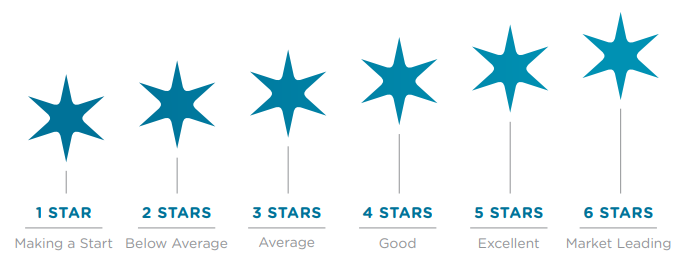Understand
Through measuring and benchmarking, NABERSNZ helps develop an understanding of how well you’re managing energy or water use in your building or tenancy. You can get an idea of how your building is performing and where future efficiency improvements can be made.
NABERSNZ Energy allows three types of ratings: base building, tenancy, and for the whole building. NABERSNZ Water considers the water efficiency of the whole building



-2080x1962-1.jpeg?width=1997&height=1359&name=spark_christchurch_greenstar_building_image_(7)-2080x1962-1.jpeg)
-2627x1752.jpg?width=2000&name=10_maddenst_greenstar_building_image_(13)-2627x1752.jpg)
.jpg?width=2000&name=geyser_greenstar_building_exterior_image_(2).jpg)